What to put in a raised bed.
cloybaby
10 years ago
Related Stories

GARDENING AND LANDSCAPINGBuild a Raised Bed to Elevate Your Garden
A bounty of homegrown vegetables is easier than you think with a DIY raised garden bed to house just the right mix of soils
Full Story
GARDENING GUIDES8 Materials for Raised Garden Beds
Get the dirt on classic and new options for raised vegetable and plant beds, to get the most from your year-round garden
Full Story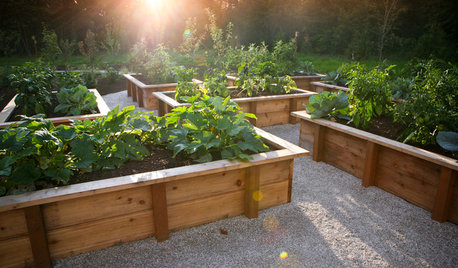
GARDENING AND LANDSCAPINGRaised Beds Lift Any Garden
From good old-fashioned wood garden boxes to modern metal troughs, raised beds can make any landscape space look great
Full Story
FARM YOUR YARDHow to Build a Raised Bed for Your Veggies and Plants
Whether you’re farming your parking strip or beautifying your backyard, a planting box you make yourself can come in mighty handy
Full Story
SPRING GARDENINGInspiring Raised Beds for Fall and Spring Planting
Make Your Next Vegetable Garden Even Better with Beautiful Boxes and Paths
Full Story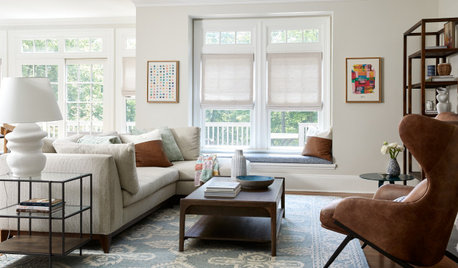
HOUSEKEEPINGHow to Relax and Put Housework in Its Place
If household disarray is making you stressed and unhappy, try approaching it with a different point of view
Full Story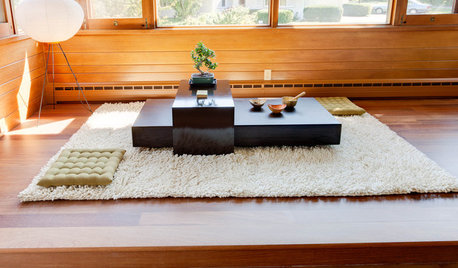
LIFESimple Pleasures: Put On Your Slippers
Preserve the peace and protect your floors and carpets by turning your home into a no-shoes zone
Full Story
THE HARDWORKING HOMEWhere to Put the Laundry Room
The Hardworking Home: We weigh the pros and cons of washing your clothes in the basement, kitchen, bathroom and more
Full Story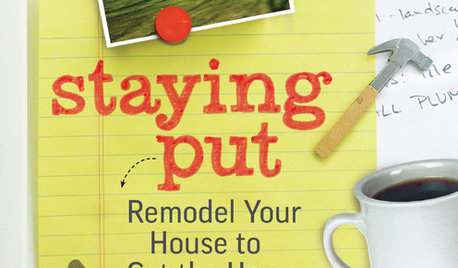
REMODELING GUIDESStaying Put: How to Improve the Home You Have
New book by architect Duo Dickinson shows how to remodel your house to get the home you want
Full Story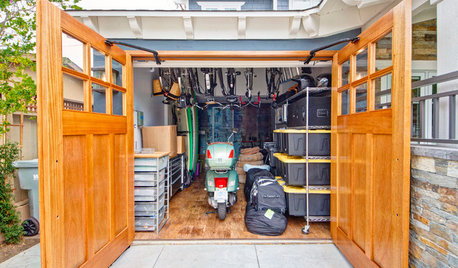
GARAGESHouzz Call: How Do You Put Your Garage to Work for Your Home?
Cars, storage, crafts, relaxing ... all of the above? Upload a photo of your garage and tell us how it performs as a workhorse
Full StoryMore Discussions








bardamu_gw
Kimmsr
Related Professionals
Clemson Landscape Architects & Landscape Designers · Parole Landscape Architects & Landscape Designers · Stoughton Landscape Contractors · Arlington Landscape Contractors · Belvedere Park Landscape Contractors · Middletown Landscape Contractors · Milford Landscape Contractors · Pikesville Landscape Contractors · Ronkonkoma Landscape Contractors · Stony Brook Landscape Contractors · View Park-Windsor Hills Landscape Contractors · Washington Landscape Contractors · Camp Springs Landscape Contractors · Braintree Decks, Patios & Outdoor Enclosures · Fort Lee Decks, Patios & Outdoor Enclosuresjadie88
gardengal48 (PNW Z8/9)
bardamu_gw
greasybeans
cold_weather_is_evil
Kimmsr
cloybabyOriginal Author
Kimmsr